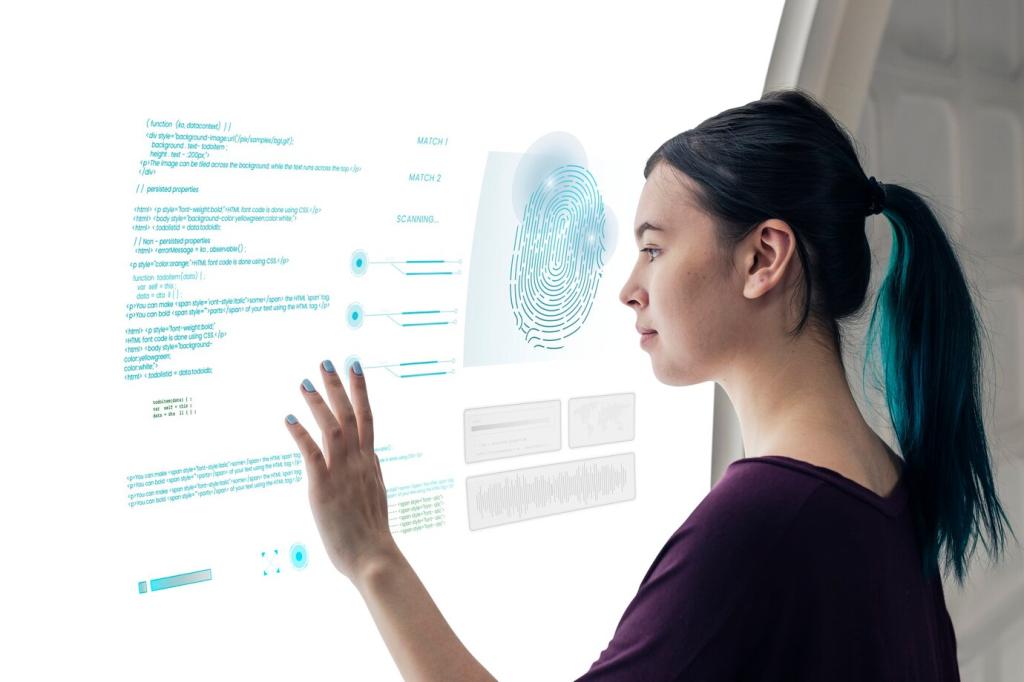AI Development Career Paths
The field of artificial intelligence is rapidly growing, creating a myriad of exciting career opportunities for professionals interested in shaping the future of technology. Pursuing an AI development career means diving into a multidisciplinary landscape that includes machine learning, data analytics, computer vision, and natural language processing. Whether you aspire to design intelligent algorithms, create autonomous systems, or develop innovative AI-driven products, this dynamic sector offers diverse roles for various skill sets and educational backgrounds. This page explores the foundational areas and specialized tracks you can embark upon within AI career development, offering insights into the skills required, expected challenges, and future trends of each path.
Foundations of AI Development Careers
Machine Learning Engineer
Model Building and Algorithm Design

Data Scientist and Analyst Roles
Data Exploration and Cleansing
Predictive Modeling and Statistical Analysis
Business Intelligence and Visualization
AI Researcher and Academic Paths
Theoretical Algorithm Development
Publishing and Knowledge Sharing
Bridging Academia and Industry

AI Product Manager


Advancements in Computer Vision

Progress in Natural Language Processing

Interdisciplinary Applications and Challenges
AI Ethics, Policy, and Governance Roles

